Here are some of the top reasons you should cut your basil plant! And how to do it without causing any damage!
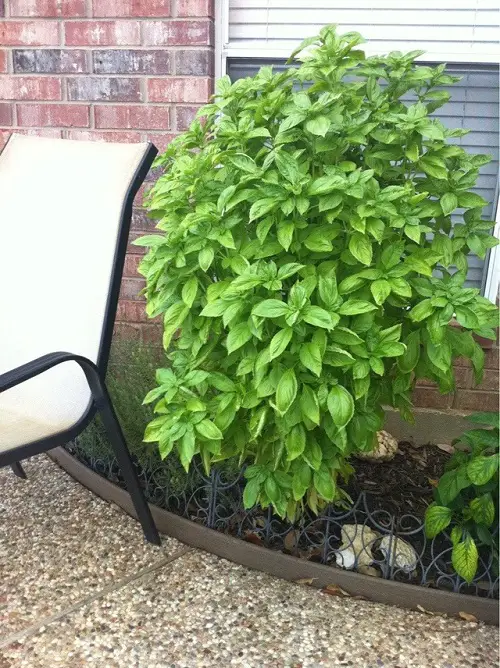
If you’ve been treating your basil like a fragile little houseplant–hands off, all respect–it’s time to change that. This powerful herb actually needs a regular trim to stay tasty, healthy, and good-looking. Ignoring it might be why your basil is turning bitter, leggy, or just plain sad.
Reasons You Should Cut Your Basil Plant
1. It Stops the Plant From Flowering, Which is a Good Thing
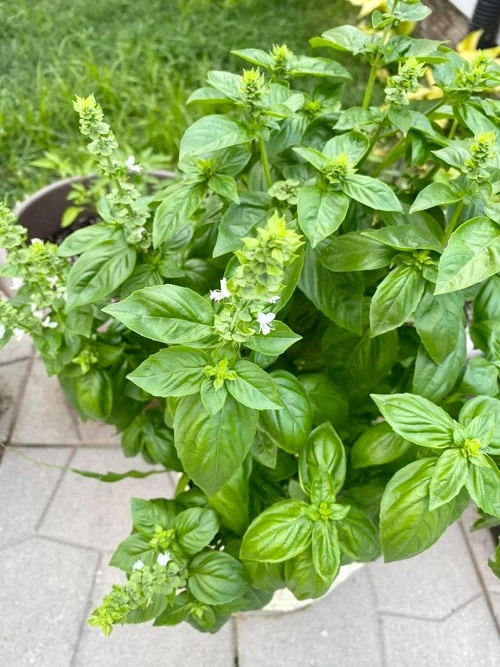
Sure, those little white or purple flowers look cute, but they’re bad news for your basil. When basil flowers, it shifts into reproduction mode and stops focusing on leaf growth. That’s when you get smaller leaves with a bitter aftertaste; not what you want in your pasta or salad.
What to do? As soon as you notice tiny flower buds forming (usually as green bumps at the tip), pinch them off using your fingers or snip them with clean scissors. Doing this regularly helps your basil focus on growing big, flavorful leaves instead of seeds.
2. It Encourages Thicker, Bushier Growth
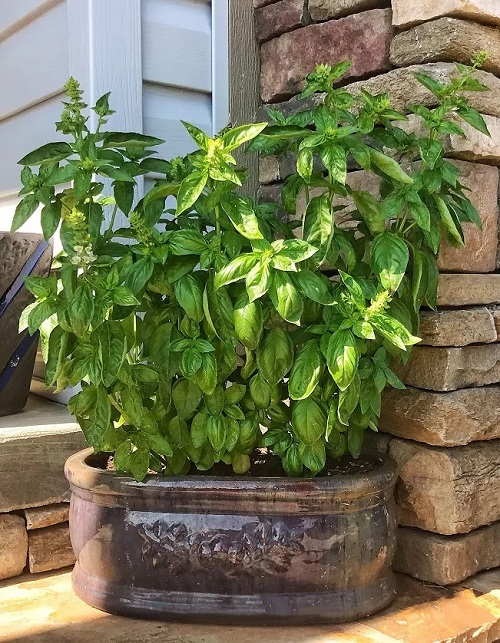
If your basil is turning into a tall, lanky stick with leaves just at the top, it’s not reaching its full potential. Basil naturally wants to grow upward, but with the right cuts, you can push it to branch out earlier and become full and leafy.
Look for the main stem and go down to the second or third leaf set from the top. Cut just above a node (the little bump where two leaves meet the stem). This triggers those dormant side buds to wake up and grow outward.
In a week or so, you’ll start seeing side branches, which means more leaves and a sturdier plant. You can also top them for a bumper harvest!
Pro Tip: Always leave at least two full sets of leaves below your cut–these power the plant’s regrowth.
3. It Lets You Harvest Without Harming the Plant
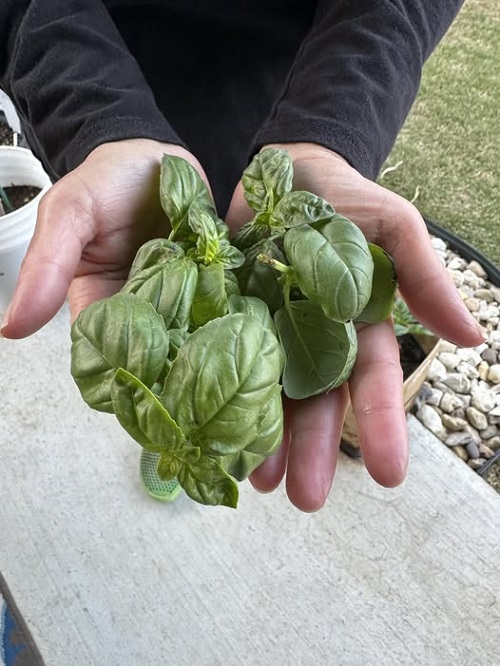
You should think of pruning and harvesting basil as two sides of the same coin. If you regularly snip leaves to eat, it actually keeps the plant happier and healthier. The more you cut (strategically), the more it grows!
The trick is to always harvest from the top, not the bottom. You should snip just above a leaf pair or node while leaving those lower leaves intact. This encourages new branches to form in the cut spot, which means even more basil in the future. Here are more harvesting tips that’ll help you!
Pro Tip: Harvest in the early morning when the leaves are firm and full of flavor-packed oils. It’s when they’re at their best for cooking or drying.
4. It Improves Air Circulation and Fights Off Pests
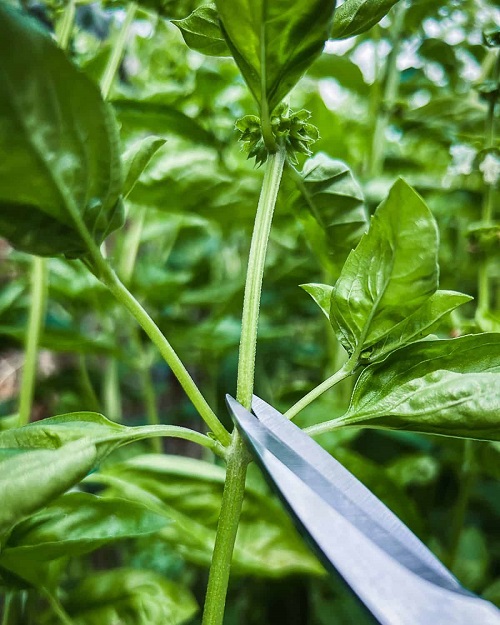
Basil loves warmth, but if it turns into a dense, jungle-like mess, it can quickly become a magnet for mildew and aphids. Trimming will help you open up the plant’s center and allow air to flow freely, which keeps humidity-related issues in check.
How to do it? Trim away any stems that are crossing over each other or crowding the center of the plant. Make your cuts just above a leaf pair or node, like with regular pruning. By opening up the middle, you’re letting air and light in, making it harder for pests to settle in.
If your basil leaves look sticky or curling, check the undersides; that’s usually where pests harbor. You can make garlic water to get rid of them!
5. You Can Use Cuttings to Grow New Basil Plants (For Free)
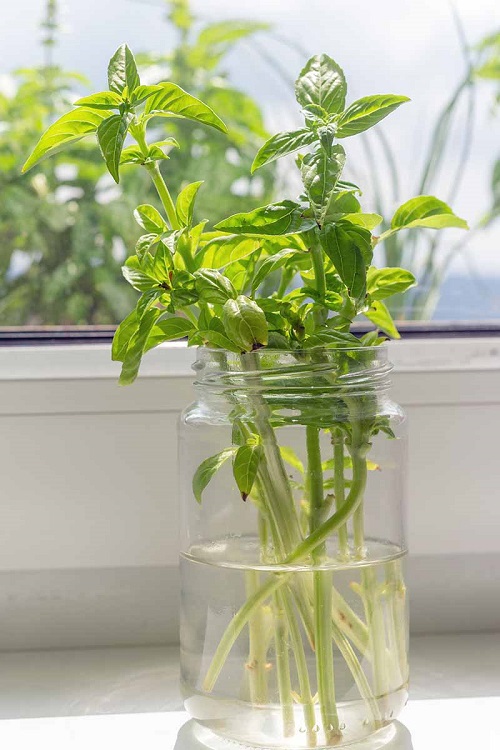
Pruning isn’t just about shaping your plant–it’s also the perfect way to multiply your basil supply. Cuttings from a healthy basil plant can easily be rooted and turned into new plants, no store trip needed. Do you want more basil for free?
Cut a stem about 4–6 inches long, right below a node. Strip off the bottom leaves (leave a few at the top), and pop the cutting in a glass of water. Keep it on a windowsill that gets bright light but no direct sun.
After a week or two, you’ll see roots forming. Once those roots are about 2 inches long, you can plant your new basil in the soil. They also make great gifts!
Keep your basil in shape with regular cuts, and it’ll reward you with more leaves, better flavor, and longer life. A little trim goes a long way. Do share how it goes for you in the comments below!


